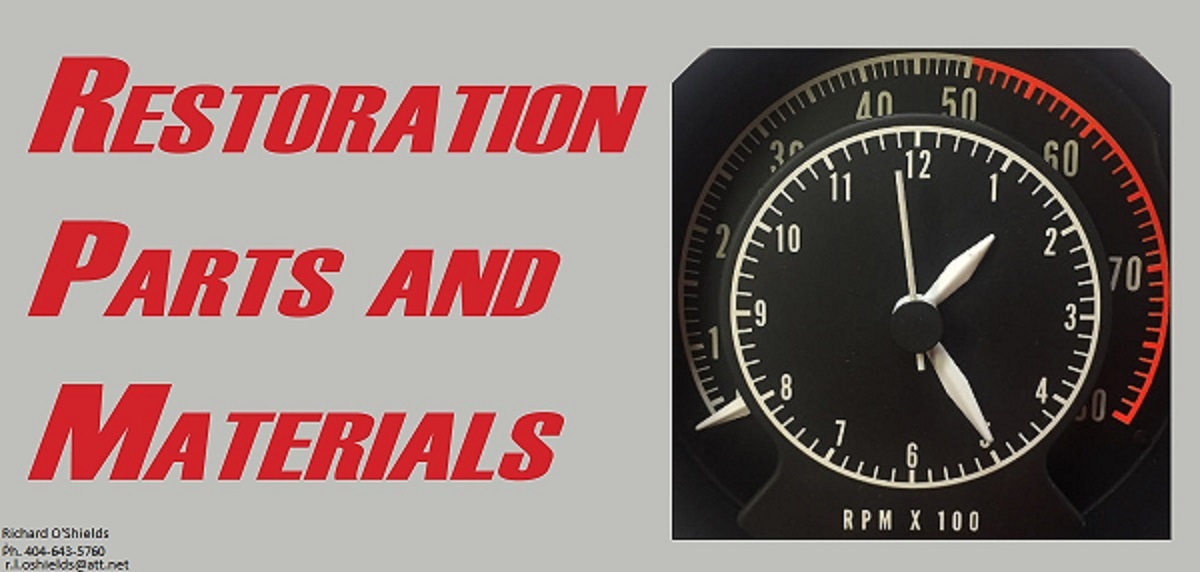I dropped my engine parts off at the machine shop last weekend and talked with them for 3,5 hours about what my goals are and which parts I should buy.
My stock cast iron heads are junk, so going with aluminum cylinder heads is out of question.
First I wanted to go with the 440 source Stealth Cylinder Heads, but the engine builder didn't like that they have the same general combustion chamber design and spark plug orientation as the OEM heads. Apparently, it’s a known problem of the OEM head design, that the spark plugs don’t reach far enough into the combustion chamber which results in a suboptimal combustion.
He recommended the Trick Flow PowerPort 240 heads since they have a way better design. They are almost twice as expensive, but I will go with them anyway.
Further he told me, that he had too much trouble with flat tappet camshafts in the past few years. Apparently, the quality of flat tappet camshafts nosedived for a while now... Because of that, he does not offer to use them anymore. I was planning to go with a hydraulic roller setup anyway, so I am fine with that.
Initially, I was planning to use the 440 source
Bushed Stainless Rocker Arms, but he talked me out of it, because it’s not necessary for my targeted RPM range. My OEM stamped steel ones are in excellent condition and just fine, so I plan on reusing them.
I hope I can reuse the stock rods as well, but that depends on the final bore size and the resulting compression ratio. Maybe it will be necessary to increase the stroke a little bit.
I had the vision of a “Sporty Luxurious Coupe” since I started my restoration. So that’s the goal.
She will still be a cruiser, but I want to have a little more power available when I want a little fun.
Below is a list of parts I am considering right now. Any feedback, recommendations and general input is much appreciated!
Because one cylinder has some rust, I don't know the final bore size yet. So, all the related parts are just placeholders for now, until I know the final bore size.
Cylinder Heads, Trick Flow Power Port 240 for Hydraulic Roller Cams
(TFS-61617802-C00) | |
| Howards Cams Retrofit Hydraulic Roller Camshafts | |
| Mahle PowerPak Piston and Ring Kit | |
| Comp Cams HCT Evolution Cartridge Hydraulic Roller Lifters | |
| Stock Rocker Assembly | --- |
| Stock Rods | --- |
| MELLING Oil Pump Repair Kit | |
| |
| Rod Bearings - Clevite H-Series | |
| Main Bearings - Clevite H-Series | |
| Camshaft Bearings - Clevite | |
| |
| Edelbrock Performer 440 Intake Manifold | |
| Engine Block Oil Passage Enlargement Drill Bit 12 | |
| Sheet Metal Valley Pan - Dual Plane | |
| Rear Main Seal Cap - Billet Aluminum | |
| Windage Tray - Stock Stroke | |
| |
| Premium Light Weight High Torque Mini Starter | |
| ARP High Performance Series Cylinder Head Bolt Kits | |
For exhaust I will use TTI long tube headers and their 2.5” exhaust system.
| C-BODY 1-7/8" 440 Headers, Ceramic Coated with a Thermal Barrier | |
O2 Sensor Bungs + Installation in Header Collectors
Installed in Reducer/Adapters | # MISC-02RED |
| X-Pipe design exhaust system from Headers back to rear Bumper, Blunt-cut, no tips | |
And, last but not least, ignition system and fuel injection will come from Holley.
Holley Sniper 2 EFI 650 HP Base Fuel Injection Systems
+ Power Distribution Module (PDM)
+ Bluetooth Module | 550-511-BPX |
| Holley Sniper HyperSpark Ready to Run Small Cap Distributor | 565-346 |
| Holley Sniper EFI HyperSpark 2 CD Ignition Box | 556-154 |
| Holley Sniper EFI HyperSpark Ignition Coil | 556-152 |
| Holley Sniper OE Style 255 LPH EFI Fuel Pump Module (B-Body) | 12-314 |
| Holley EFI Filter Regulator | 12-876 |
| Holley 100 GPH HP Billet Fuel Filter | 162-550 |
| Black Mounting Bracket HP and VR Series Billet Fuel Filters | 162-574 |
It will take some time to gather all the parts, tho… This stuff is expensive! But I will get there eventually!

















